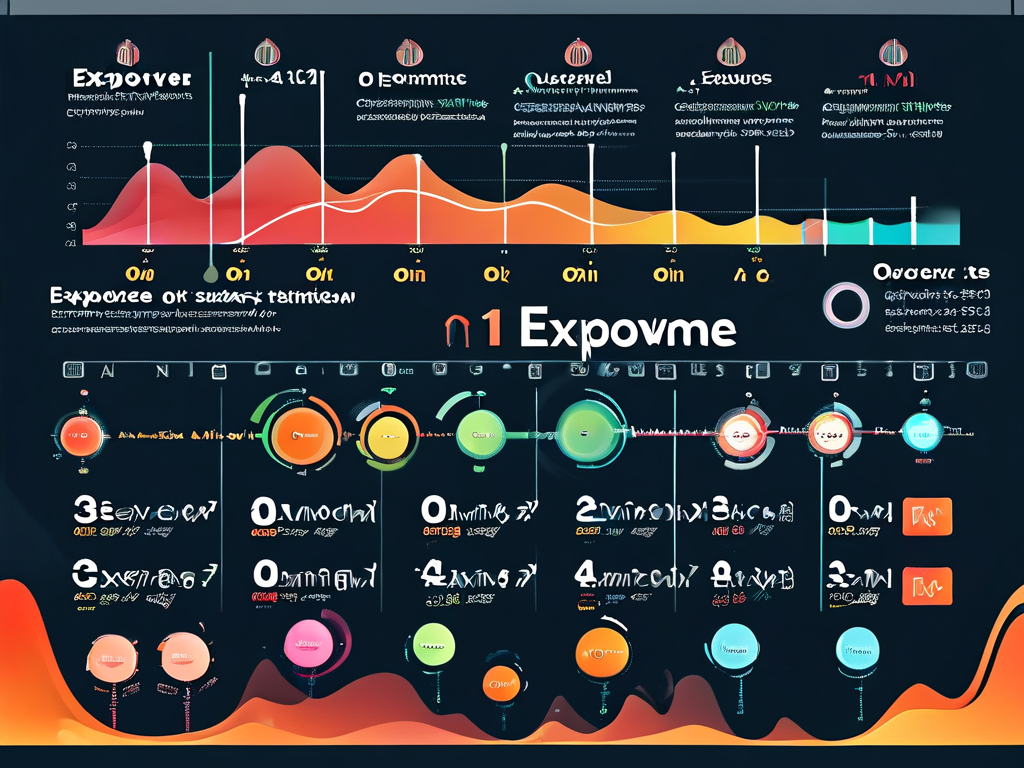Artificial intelligence has revolutionized modern technology through its ability to solve complex problems using specialized algorithms. This article explores seven foundational algorithms that form the backbone of AI systems, demonstrating their practical applications and unique characteristics.

Core Machine Learning Approaches
At the heart of AI lies machine learning, where supervised learning algorithms dominate practical implementations. Linear regression serves as the gateway algorithm for predictive modeling, employing statistical methods to establish relationships between variables. A Python implementation using scikit-learn illustrates its simplicity:
from sklearn.linear_model import LinearRegression
model = LinearRegression()
model.fit(X_train, y_train)
predictions = model.predict(X_test)Decision trees offer interpretable solutions through hierarchical condition-based decisions, particularly effective in classification tasks. The recursive partitioning process mimics human decision-making patterns, making it valuable for credit scoring and medical diagnosis systems.
Pattern Discovery Techniques
Unsupervised learning algorithms excel at identifying hidden structures in unlabeled data. K-means clustering groups similar data points through iterative centroid adjustments, widely used in customer segmentation and image compression. The algorithm's efficiency depends on optimal k-value selection, often determined through elbow method analysis.
Principal Component Analysis (PCA) reduces dimensionality while preserving critical information, essential for processing high-resolution images or genomic data. By transforming features into orthogonal components, PCA enables efficient data visualization and noise reduction in preprocessing pipelines.
Advanced Learning Paradigms
Reinforcement learning algorithms like Q-learning demonstrate how agents optimize decisions through environmental interactions. This trial-and-error approach powers game AI and robotic control systems, where the algorithm balances exploration and exploitation using reward mechanisms.
Neural networks form the basis of deep learning, with convolutional architectures revolutionizing computer vision. These multi-layered structures automatically extract hierarchical features through backpropagation, enabling breakthroughs in facial recognition and autonomous vehicle navigation.
Specialized Algorithmic Solutions
Natural Language Processing employs transformer-based models like BERT for contextual language understanding. These architectures process sequential data through attention mechanisms, significantly improving machine translation and sentiment analysis capabilities.
Support Vector Machines (SVMs) solve complex classification problems by finding optimal hyperplanes in high-dimensional spaces. Effective in handling non-linear separations through kernel tricks, SVMs remain popular for text categorization and bioinformatics applications despite newer alternatives.
Algorithm Selection Considerations
Choosing appropriate algorithms requires evaluating dataset characteristics and project objectives. While deep learning excels with unstructured data, traditional algorithms often prove more efficient for structured datasets. Performance metrics like precision-recall tradeoffs and computational complexity must guide implementation decisions, alongside considerations for model interpretability and deployment requirements.
The continuous evolution of AI algorithms drives innovation across industries, from healthcare diagnostics to financial forecasting. Understanding these foundational methods provides crucial insights into both current applications and future developments in artificial intelligence.




